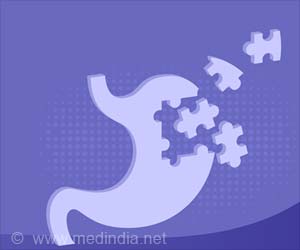Intentional suspected suicide attempts increased by 80.3% for isolated gabapentin exposures over a five-year-period and 43% for baclofen over a four-year-period.

‘Subjects using non-opioid drugs should be screened for drug abuse disorders, mood disorders, and suicidal ideation through appropriate screening tools.’
Read More..




But with millions of US adults still living with chronic pain, non-opioid medications are widely viewed as safer alternatives for pain management. Prescriptions for gabapentin have increased 64% from 39 million in 2012 to 64 million by 2016 when it was the 10th most commonly prescribed medication in the US.Read More..
In this latest study, published in Clinical Toxicology, researchers from the University of Pittsburgh looked at over 90,000 cases of exposure to the medications and saw large increases in misuse and toxicity - with isolated abuse instances of using gabapentin (from 2013 to 2017) rising by 119.9%, and baclofen (2014-2017) 31.7%.
Reviewing the data, collected in the National Poison Data system of trends in exposures reported to US Poison Centers, their results show that all US states have seen increases in gabapentin exposures. Most also saw increases in baclofen exposures, gabapentin misuse/abuse, and baclofen misuse/abuse over the study period:
During the five-year period (2013-2017), there were 74,175 gabapentin exposures. All gabapentin exposures increased by 72.3%; isolated exposures by 67.1% and isolated abuse/misuse by 119.9%.
During the four-year period (2014 to 2017), there were 15,937 baclofen exposures. All baclofen exposures increased by 36.2%; isolated exposures by 35% and isolated misuse/abuse increased by 31.7%.
Advertisement
Lead author Kimberly Reynolds, of the University of Pittsburgh, said: "We are seeing a worrying increase in harmful exposures to gabapentin and baclofen in US adults over recent years, which may be an unintended consequence of the move away from opioid prescriptions for pain management.
Due to growing concerns related to the misuse of gabapentin, new measures have been introduced in several US states during the final year or after the data collection period of the study - either re-classifying the drug as a Schedule V controlled substance or mandating the reporting of prescriptions. Re-evaluations of prescribing and exposure trends in these states may provide insight into the effects of such programs.
The authors recommend that patients who are prescribed these medications should be screened for substance use disorders, mood disorders, and suicidal ideation utilizing validated screening tools and the prescription drug monitoring program.
Source-Eurekalert








